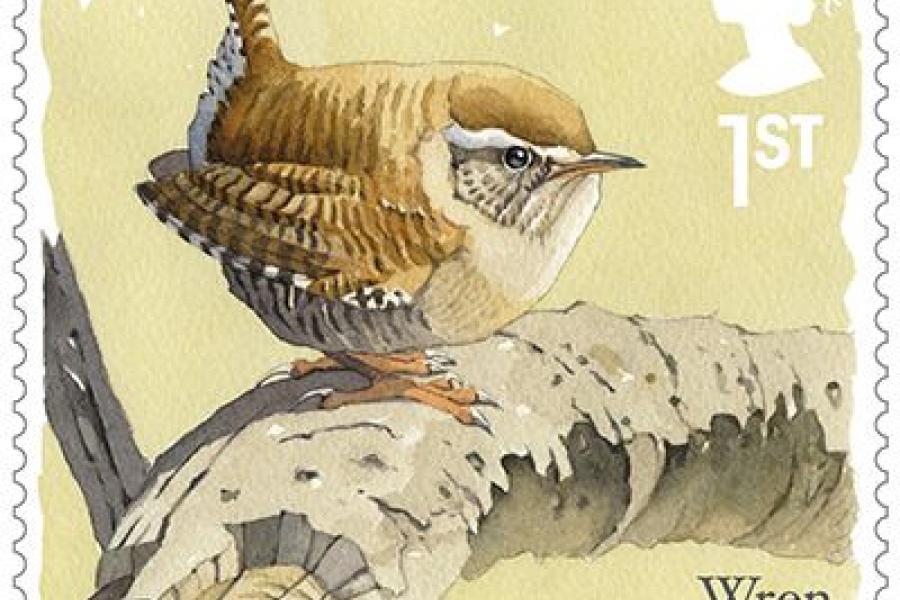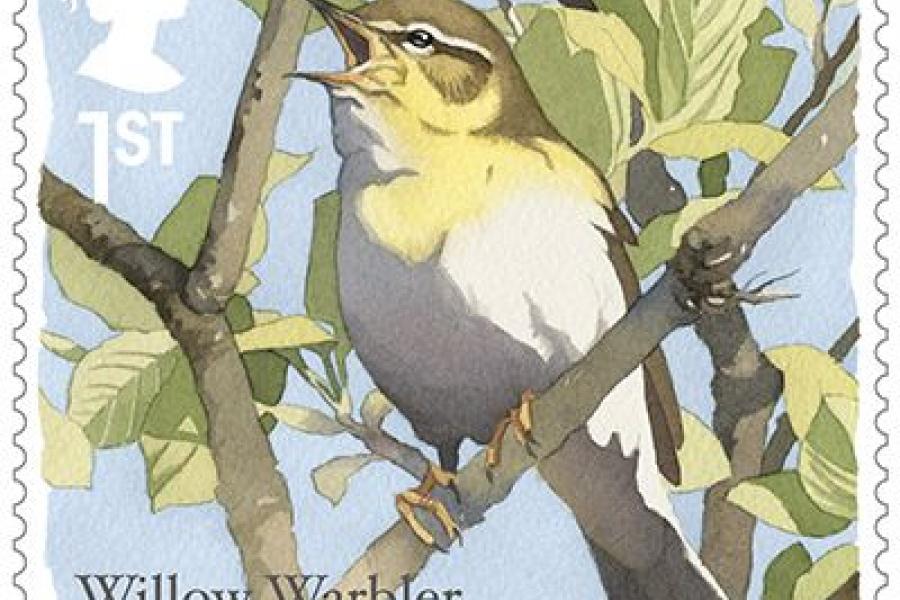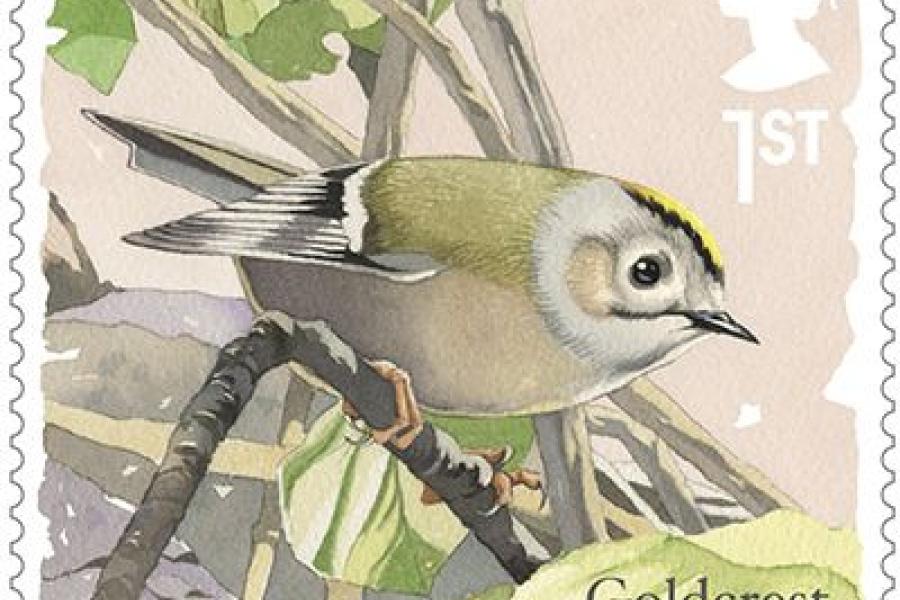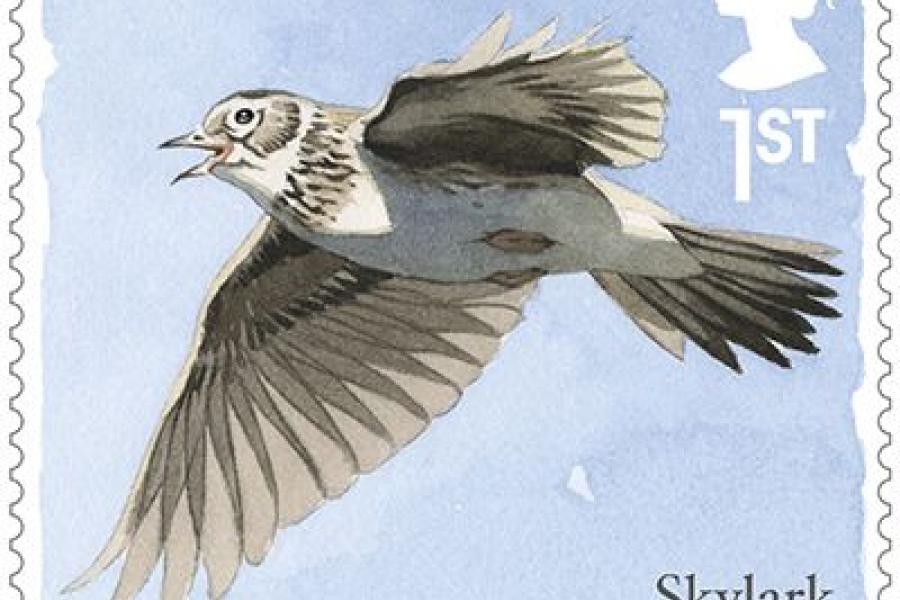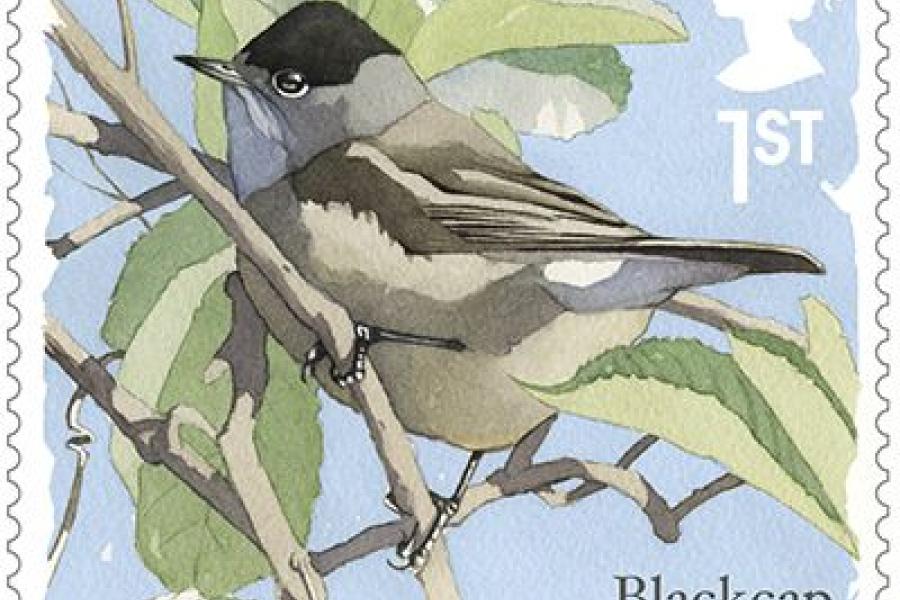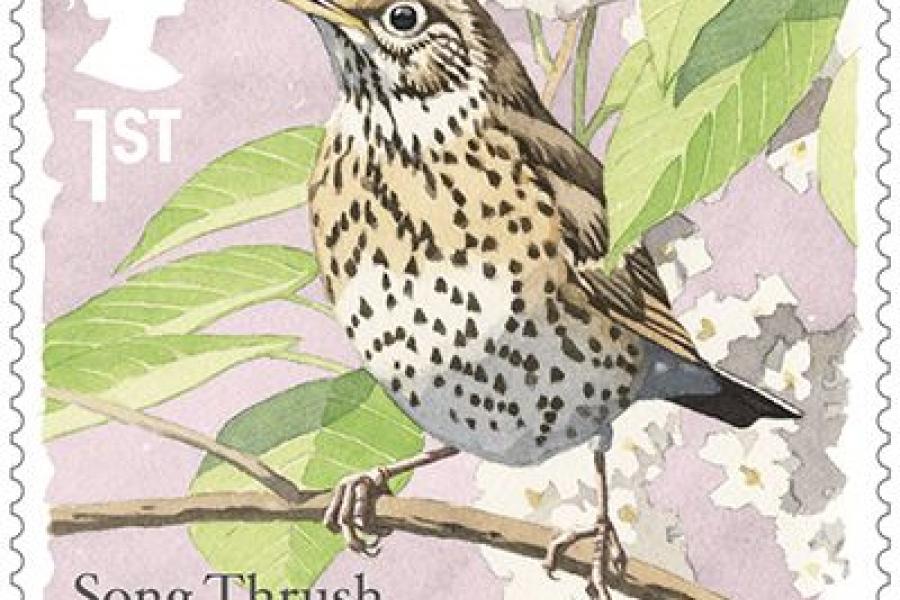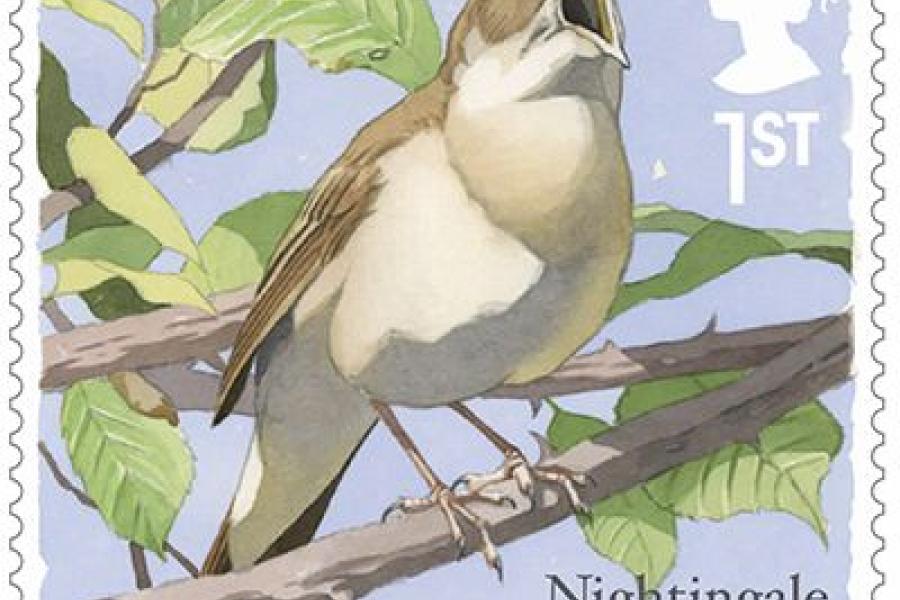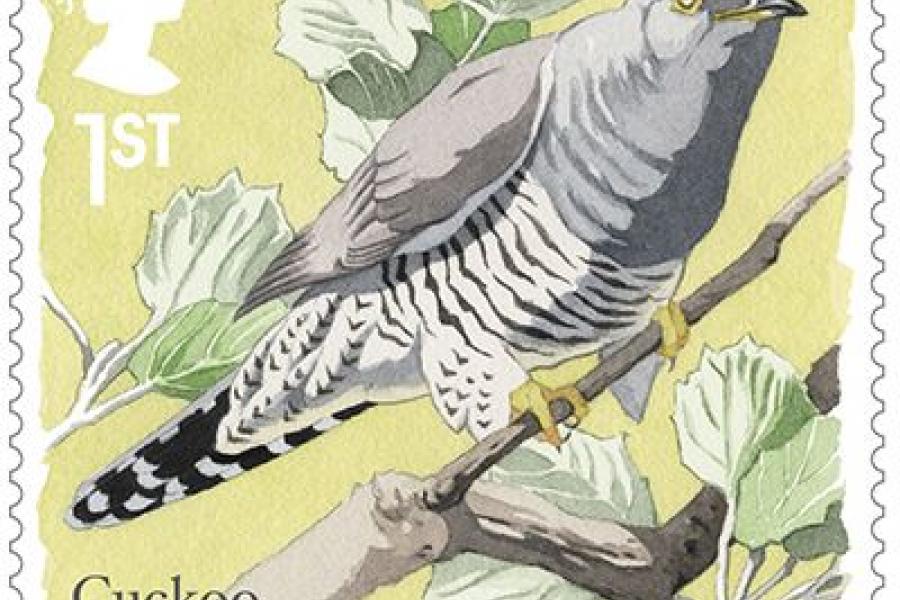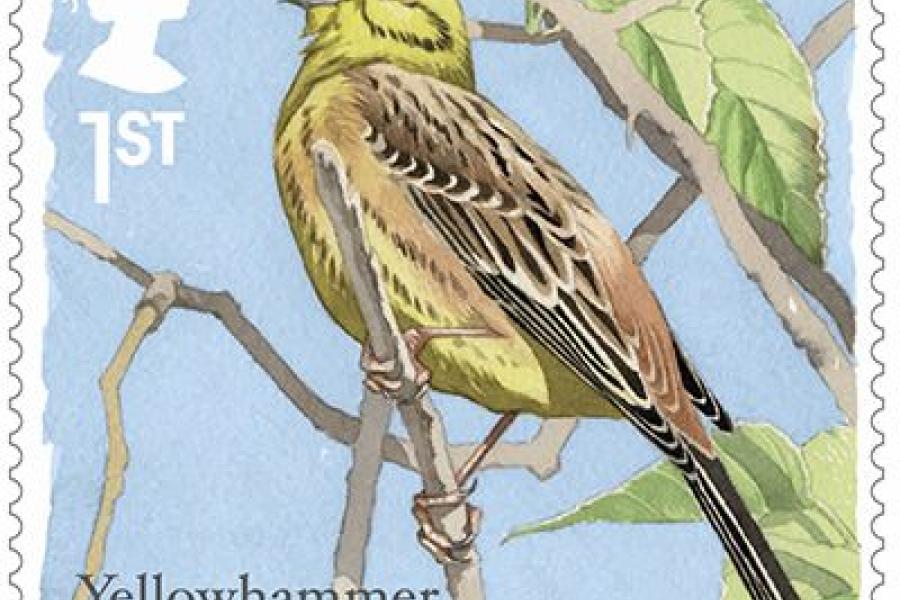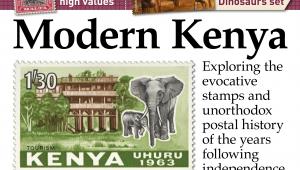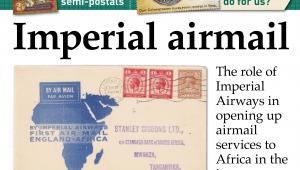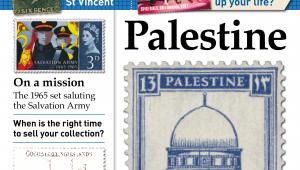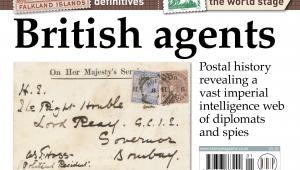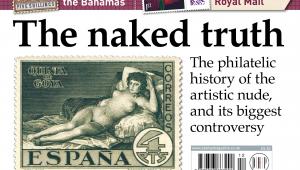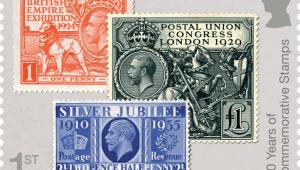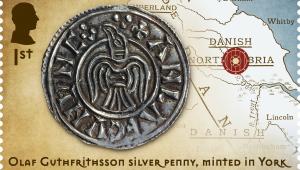Songbirds
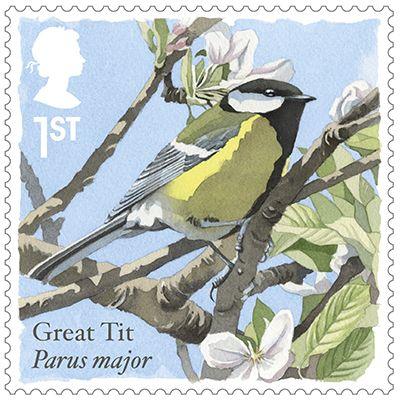
A set of 10 stamps to be issued on May 4 will feature Songbirds, the wildlife that is equally familiar to British eyes and ears.
Birdsong builds to a peak between January and May each year, and is the soundtrack to the spring and early summer in our woodland, parkland and gardens.
Some of the featured birds are very familiar, some less well-known and seldom seen. Their songs range from simple repeated notes to complex repertoires, often impressively loud for the size of the creature making them.
Designed by Osborne Ross, from illustrations by Federico Gemma, the set was printed in litho in se-tenent strips of five by International Security Printers.
1st class GREAT TIT
Among the first birds to sing in early spring, the great tit has a varied range of songs, most of them lacking in complexity but strident and clear, making it easy to spot in woods and gardens.
1st class WREN
Astonishingly loud for such a small bird, the wren’s song is harsh, dry and rattly, often with a prolonged trill at the end. Playing a recording at slow speed has demonstrated that it can produce 100 notes in eight seconds.
1st class WILLOW WARBLER
A soft, rhythmic descent down the scale characterises the song of the willow warbler, with subtle variations and an almost pleading tone. It is usually not heard until high spring, in wild and open countryside.
1st class GOLDCREST
Britain’s smallest bird has a suitably thin song, comprising very high notes. Birdwatchers have reported losing the ability to hear the goldcrest as their hearing range narrows with age.
1st class SKYLARK
Capable of singing continuously and musically for long periods, theis bird is unusual in doing so while flying. If you hear birdsong high above you when there are no trees around, you have probably found a skylark.
1st class BLACKCAP
Graceful and melodic, the blackcap’s song bears comparison with that of the nightingale. But it is also quite capable of a harsh call which sounds like two pebbles crashing together.
1st class SONG THRUSH
The signature tune of the song thrush is inventing a musical phrase, repeating it a few times, and then reinventing it. It will sing from February to July, often for a long period and usually from a high perch.
1st class NIGHTINGALE
A wide range of whistling, throbbing, drumming and melodic sounds combine in the strenuous, loud and famously varied song of the nightingale. It will sing by day and by night, but usually out of sight.
1st class CUCKOO
The unmistakable two-syllable song which gave the cuckoo its name is heard much less often than it used to be, as its numbers are in decline in Britain. It’s only a short-term visitor anyway, for two months in late spring and early summer.
1st class YELLOWHAMMER
The song of the yellowhammer, associated with farmland hedgerows, comprises some terse chattering followed by an extended note. It has traditionally been transliterated as ‘a little bit of bread and no cheese’.
OTHER PRODUCTS
The presentation pack is written by the journalist Simon Barnes, the author of a number of books on bird watching, examining the featured birds and the reasons behind the variations in their songs. A first day cover and stamp cards are available as usual.
PRICES
Set of 10 stamps £6.50
First day cover £8.22
Presentation pack £7.00
Stamp cards £4.50
VERDICT
COMMEMORATIVE WORTH 2/5
Songbirds are an uplifting part of our everyday lives, especially at this time of year
QUALITY OF DESIGN 4/5
The illustrations are simple but subtly colourful, with a well-lit sense of spring about them
WOW FACTOR 2/5
This issue won’t make many headlines, but nature lovers will surely appreciate it

